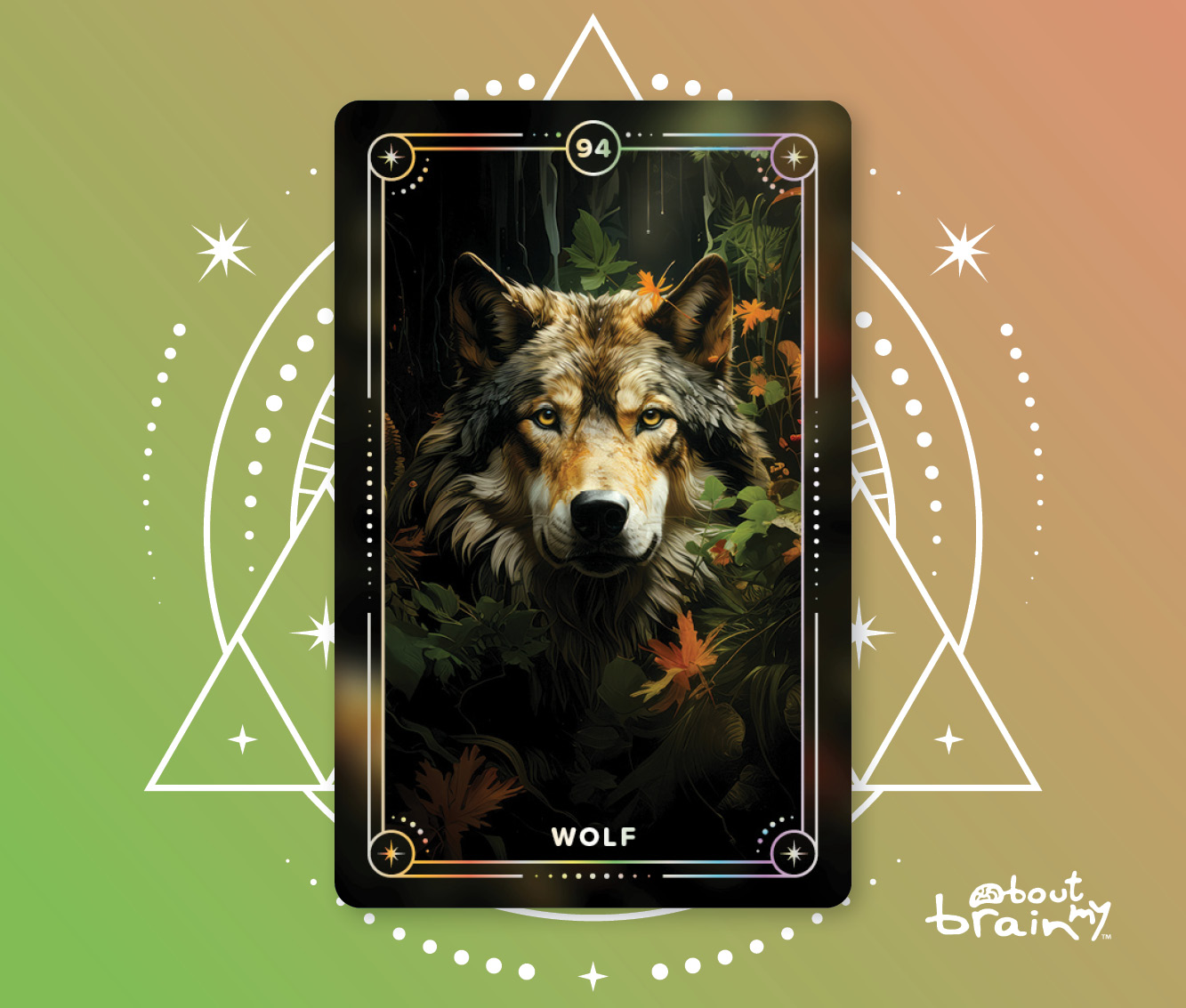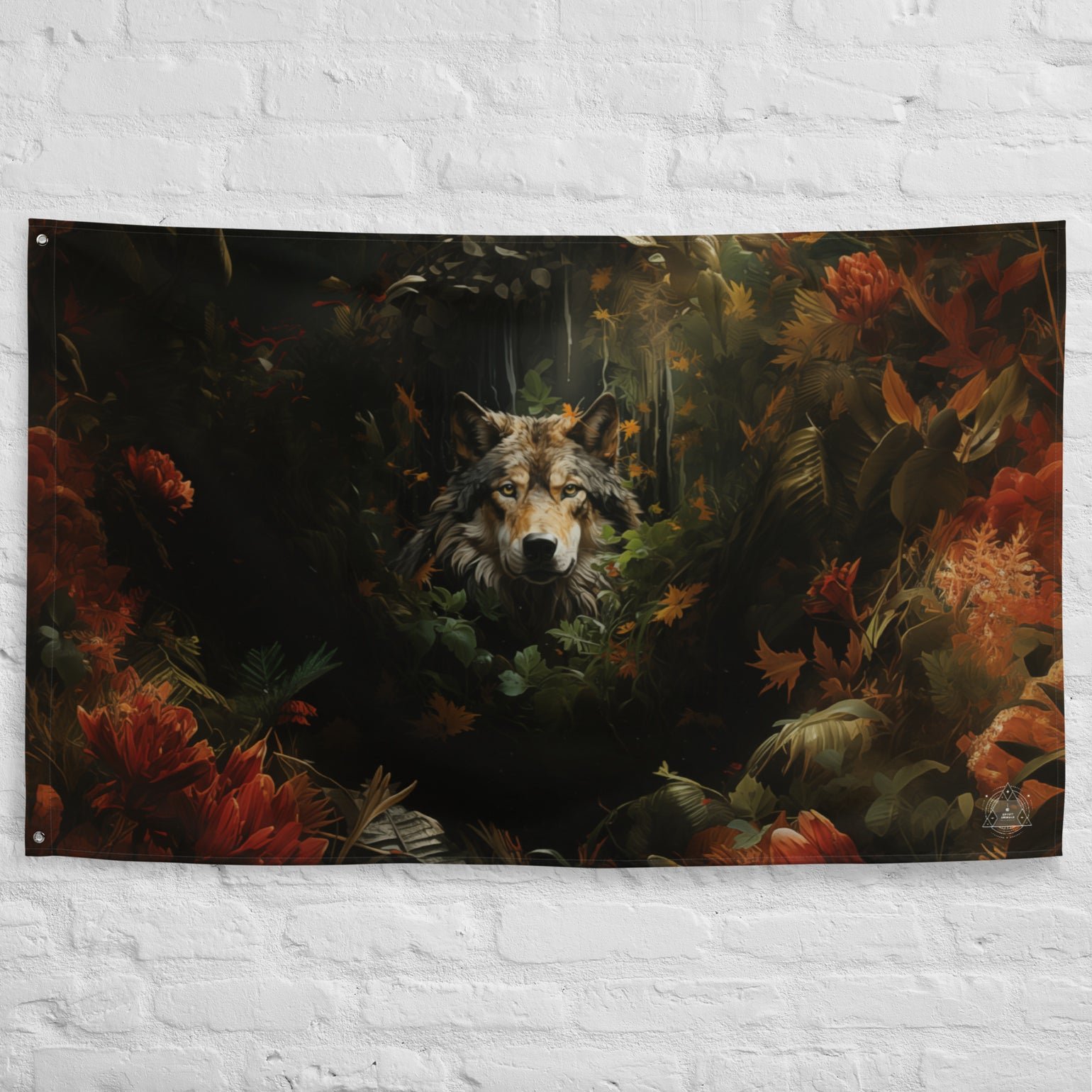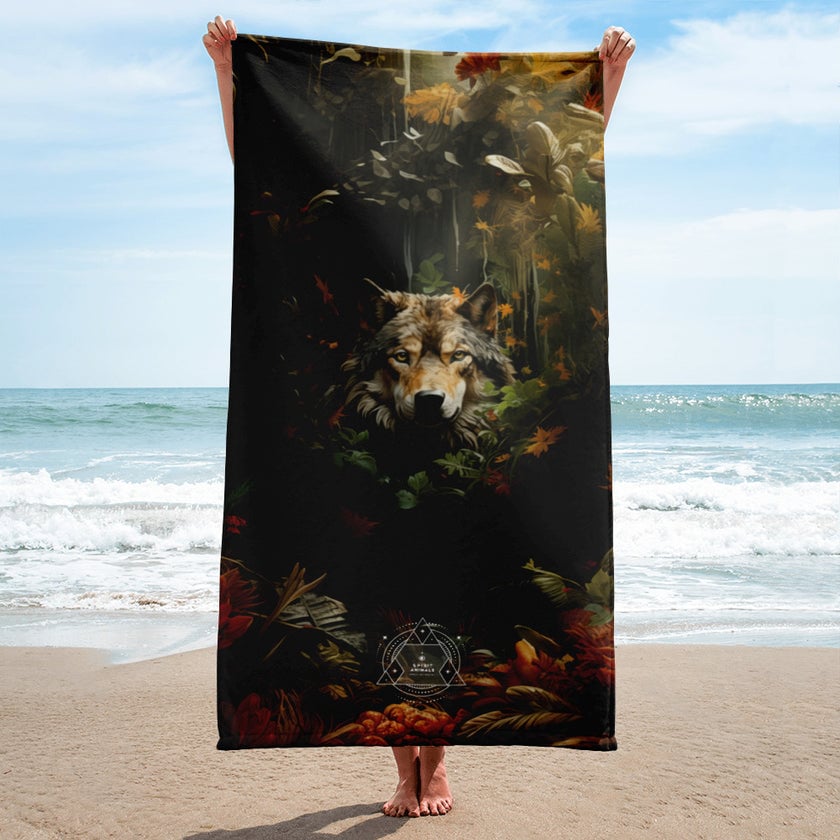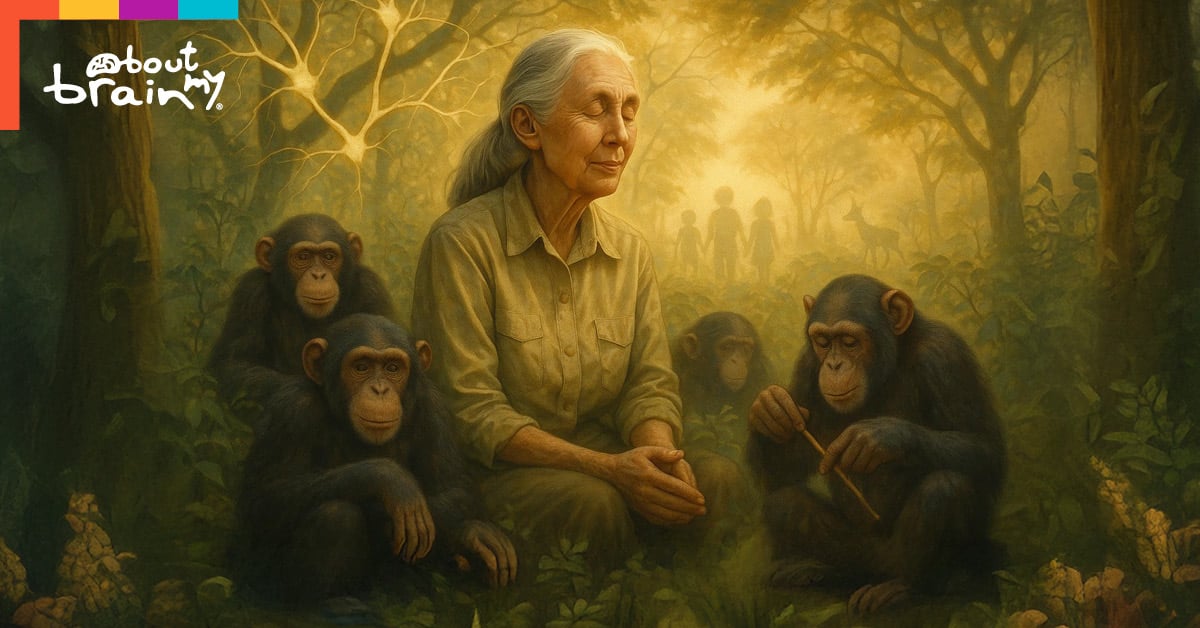
Wolf
Loyalty, Intuition and Leadership.

Discovering The Wolf Spirit
In the untamed wilderness, the wolf emerges as a symbol of profound significance, embodying essential qualities of loyalty, intuition, and leadership. With its keen senses and harmonious pack dynamics, the wolf becomes a bearer of spiritual medicine, guiding us on a transformative journey of fostering a sense of community, trusting our instincts, and understanding the strength that lies in unity and cooperation.
At the core of the wolf's symbolism lies the essence of loyalty. As a creature deeply committed to its pack, the wolf exemplifies unwavering loyalty and devotion to its family members. The spiritual medicine of the wolf encourages us to cultivate loyalty in our own relationships, to stand by those we care for, and to nurture bonds of trust and support.
Beyond loyalty, the wolf epitomizes intuition. With its acute senses and instincts, the wolf embodies the wisdom of listening to the whispers of our inner guidance. The spiritual energy of the wolf inspires us to trust our intuition, to tap into our inner knowing, and to make decisions that align with our truest selves.
The wolf also represents leadership. In the pack's hierarchical structure, the wolf showcases the beauty of balanced leadership that serves the greater good. The spiritual medicine of the wolf urges us to cultivate leadership skills that empower and uplift others, to guide with compassion and strength, and to foster a sense of unity within our communities.
Prefer to listen to this article?
Check out our podcast!
Newsletter
Keep reading ↓
- Spirit Animals ↓
- See All
- Alligator
- Anaconda
- Ant
- Arabian Oryx
- Beaver
- Bee
- Beetle
- Black Bear
- Buffalo
- Butterfly
- Camel
- Cat
- Cheetah
- Chimpanzee
- Condor
- Coyote
- Crab
- Dog
- Dolphin
- Dove
- Dragonfly
- Elephant
- Elk
- Emu
- Falcon
- Flamingo
- Fox
- Frog
- Gazelle
- Giraffe
- Goose
- Gorilla
- Grasshopper
- Hawk
- Hedgehog
- Hippopotamus
- Horse
- Hummingbird
- Hyena
- Jaguar
- Kangaroo
- Kiwi
- Koala
- Koi Fish
- Komodo Dragon
- Kookaburra
- Ladybug
- Lamb
- Lemur
- Lion
- Lizard
- Llama
- Manatee
- Mandarin Duck
- Meerkat
- Monkey
- Moose
- Mountain Goat
- Mouse
- Nightingale
- Octopus
- Orca Whale
- Otter
- Owl
- Ox
- Panda
- Panther
- Parrot
- Peacock
- Polar Bear
- Quetzal
- Rabbit
- Raccoon
- Raven
- Rhinoceros
- Rooster
- Salmon
- Sea Turtle
- Seahorse
- Shark
- Sloth
- Snake
- Snow Leopard
- Spider
- Squirrel
- Starfish
- Swan
- Tiger
- Tortoise
- Whale
- Wolf
- Wombat
- Zebra
What Does The Wolf Represent?
The wolf possesses a fascinating array of qualities that have captivated human imagination and earned them a prominent place in folklore, mythology, and cultural symbolism. Known for their intelligence and adaptability, wolves are highly social animals, forming tight-knit family groups called packs. Loyalty and cooperation are among their most remarkable traits, as they work together as a cohesive unit during hunts and care for their young with utmost devotion. Wolves are agile and powerful hunters, relying on their keen senses, sharp teeth, and strong jaws to take down prey. Their haunting howls echo through the night, serving as both a form of communication and a means of reinforcing pack bonds. As symbols of loyalty, guardianship, and freedom, wolves have become revered and respected in various cultures, reflecting the awe-inspiring qualities that make them one of nature's most captivating creatures.
Keep reading ↓
Supporting content
Cultural and Mythological Significance Of The Wolf Spirit
The cultural and mythological significance of the wolf is deeply rooted in human history, spanning across various civilizations and regions. In many ancient cultures, the wolf was often seen as a symbol of both fear and respect, embodying a balance of ferocity and nobility. In Norse mythology, the wolf Fenrir played a pivotal role in the apocalyptic event of Ragnarok. Native American tribes held wolves in high regard, considering them as spiritual guides and guardians. Wolves feature prominently in European folklore, from the werewolf legends to the she-wolf that nursed the mythical founders of Rome, Romulus, and Remus. Throughout history, the wolf has been depicted as both a fearsome predator and a cunning survivor, often associated with notions of strength, loyalty, and wildness. In modern times, conservation efforts have also brought the wolf to symbolize the importance of protecting the natural world and preserving biodiversity. This complex blend of cultural and mythological significance continues to influence our perception of the wolf, making it an enduring and powerful emblem in human consciousness.
Keep reading ↓
Supporting content
A Wolf In My Deams
Dreams featuring a wolf can hold deep symbolic significance, often influenced by cultural beliefs, personal experiences, and the emotions evoked during the dream. Wolves are archetypal symbols that have been revered and feared throughout history, and their appearance in a dream can convey various messages.
In many cultures, the wolf represents instincts, primal nature, and wildness. Thus, a wolf in a dream might symbolize the dreamer's own instincts and untamed aspects of their personality that they need to embrace or explore. It could be a call to reconnect with one's intuitive and instinctual side, trusting gut feelings and inner wisdom.
The presence of a wolf can also signify a desire for freedom and independence, urging the dreamer to break free from constraints or societal expectations. It might be a reminder to honor individuality and embrace one's unique qualities, just as the wolf thrives in its distinct pack dynamics.
Alternatively, a dream with a wolf might reflect a situation that invokes feelings of fear, threat, or danger. The dream could be urging the dreamer to confront and overcome challenges in their life or face their fears head-on.
In some spiritual traditions, the wolf is considered a symbol of guardianship and protection. Thus, a dream featuring a wolf might suggest that the dreamer is being watched over and supported by unseen forces, or it could be a call to be more vigilant and protective of oneself or loved ones.
The demeanor of the wolf in the dream—whether it appears aggressive, friendly, or indifferent—also plays a significant role in interpreting its meaning. Overall, the context and emotions associated with the dream should be considered to uncover the specific message that the wolf spirit seeks to convey to the dreamer.
As with all dream interpretations, the symbolism of the wolf is deeply personal, and the dreamer's intuition and feelings during the dream can provide valuable insights into its meaning. Reflecting on the dream's message can offer the dreamer valuable guidance and self-discovery, leading to a deeper understanding of their own inner nature and the challenges and opportunities present in their waking life.
Keep reading ↓
Habitat, Behaviours and Ecological Importance Of The Wolf
Habitat:
The habitat of the wolf varies depending on the species and region, but they are generally found in a wide range of ecosystems, from forests and grasslands to tundra and deserts. Wolves are highly adaptable and can thrive in diverse landscapes, as long as they have access to prey, water sources, and suitable denning sites. Forested areas provide cover for hunting and denning, while open grasslands offer ample space for pack movement and hunting opportunities. In colder regions, wolves may inhabit snowy tundras and rely on their thick fur to withstand harsh winter conditions. Additionally, proximity to water sources is essential for their survival, as it ensures a reliable supply of drinking water and opportunities to catch aquatic prey. The habitat of the wolf is intertwined with its role as an apex predator, influencing their social structure, hunting strategies, and overall survival in the natural world.
Behaviours:
- Pack Social Structure: Wolves are highly social animals and live in tight-knit family groups known as packs. Each pack has a hierarchical structure, with an alpha pair at the top, followed by beta members, and finally, subordinate wolves.
- Cooperative Hunting: Wolves are skilled cooperative hunters, relying on teamwork and strategy to take down prey much larger than themselves. They use sophisticated communication through body language, vocalizations, and scents to coordinate their efforts during a hunt.
- Territorial Behavior: Wolves mark their territory with scent markings and vocalizations to establish their boundaries and defend their resources. They use their strong sense of smell to detect other wolves' presence and avoid conflicts with neighboring packs.
- Communication: Wolves have a complex system of communication that involves a wide range of vocalizations, such as howling, growling, and whining, along with facial expressions and body postures. They use these means to convey emotions, establish dominance, and maintain social cohesion within the pack.
- Parental Care: Wolf packs exhibit strong family bonds, and both parents play crucial roles in raising their young. They are devoted parents, providing food, protection, and teaching important survival skills to their pups. The entire pack participates in caring for the young, contributing to their survival and growth.
Ecological Importance:
Wolves play a vital role in their ecosystems as apex predators. Their presence helps regulate prey populations, maintaining a balanced ecosystem and promoting biodiversity. By controlling herbivore numbers, they prevent overgrazing and support diverse habitats. Wolves also shape the behavior and distribution of prey, impacting vegetation and other animals. The carcasses of their kills provide sustenance for scavengers and contribute to nutrient cycling. As keystone species, wolves have a disproportionately large impact on their ecosystems, and their reintroduction has demonstrated positive cascading effects, such as promoting vegetation recovery and enhancing overall ecological health. Preserving and understanding the ecological importance of wolves is essential for the well-being of these natural environments.
How the Wolf Contributes To Scientific Research
The wolf, an iconic symbol of the wild, has been pivotal to scientific research, illuminating complex dynamics in ecology, behavior, and evolution. Behaviorally, wolf pack dynamics, communication, and hunting strategies have deepened our understanding of social mammalian structures and intra-species cooperation. The domestication and evolutionary trajectory from wolf to modern-day dog offer a rich field of study into genetic changes and the nuances of human-animal relationships over millennia.
Keep reading ↓
Complement your ritual with...
Binaural beats!
Guided Visualization To Connect With The Wolf Spirit
- Find a quiet and peaceful space where you can sit or lie down comfortably. Close your eyes and take a few deep breaths, allowing yourself to relax and let go of any tension or distractions.
- Visualize yourself standing at the edge of a vast and ancient forest, with tall, majestic trees stretching as far as the eye can see. Feel the earth beneath your feet and the gentle rustling of leaves in the breeze. As you enter the forest, you feel a sense of anticipation and reverence in the air.
- As you walk deeper into the forest, you notice a soft glow ahead. Follow the light, and it leads you to a clearing. In the center of the clearing, you see a magnificent wolf, radiating strength and wisdom.
- Approach the wolf with respect and an open heart. As you come closer, you can feel the powerful presence of the wolf spirit enveloping you. You sense a deep connection to this wise and majestic creature.
- As you make eye contact with the wolf, you feel a surge of energy and understanding flowing between you. You realize that this wolf is not just an ordinary animal; it embodies the ancient spirit of the wolf, with all its instincts, loyalty, and intuition.
- With a sense of awe and humility, you reach out to connect with the spirit of the wolf. As you do, you feel a merging of energies, becoming one with the essence of the wolf. You can feel its wildness and strength coursing through your veins.
- In this connected state, you can draw upon the qualities of the wolf within yourself. Feel the keen senses and intuition of the wolf guiding your perceptions and decisions. Embrace the spirit of loyalty and community, empowering you to foster meaningful connections with others in your life.
- You may ask any questions or seek guidance from the wolf spirit. Listen to the wisdom that comes to you in the form of feelings, thoughts, or images.
- When you are ready to conclude the visualization, express gratitude to the spirit of the wolf for its presence and guidance. Take a few deep breaths, feeling the energy of the wolf integrating within you.
- Slowly open your eyes, returning to the present moment with a newfound sense of strength and connection to the ancient spirit of the wolf.
Shop
Connect with the essence of our Spirit Animals!

Flag Wall Art
Buy Now

Beach Towel
Buy Now

Sherpa Blanket
Buy Now

Oracle Decks
Buy Now
From Our Blog
Stay up to date with our latest articles!

Jane Goodall’s Legacy: Lessons On Leadership And Compassion

Empowering Leaders Through Personal Growth with Gail Eaton-Briggs

From Digital Lovers To Grandmothers-For-Hire: What Japan Teaches Us About Loneliness
Please note:
It is crucial to acknowledge that the symbology and interpretations can differ greatly among various cultures, religious ideologies, and individual viewpoints. The significance and comprehension of these spirit animals may vary depending on the particular mythological backdrop or the spiritual and philosophical framework through which they are approached. The descriptions of these Oracle Cards are based on information gathered from various sources. Our aim is to provide an overview and a fictional interpretation and we cannot guarantee the accuracy or completeness of this information. The artwork featured on these Oracle Cards have been crafted by digital artists and designers, Relmi Damiano and Sacha Damiano, in conjunction with Artificial Intelligence that has been enhanced by human intervention. The visual imagery serves as a fictional representation of some of the symbols associated with these goddesses throughout history.

